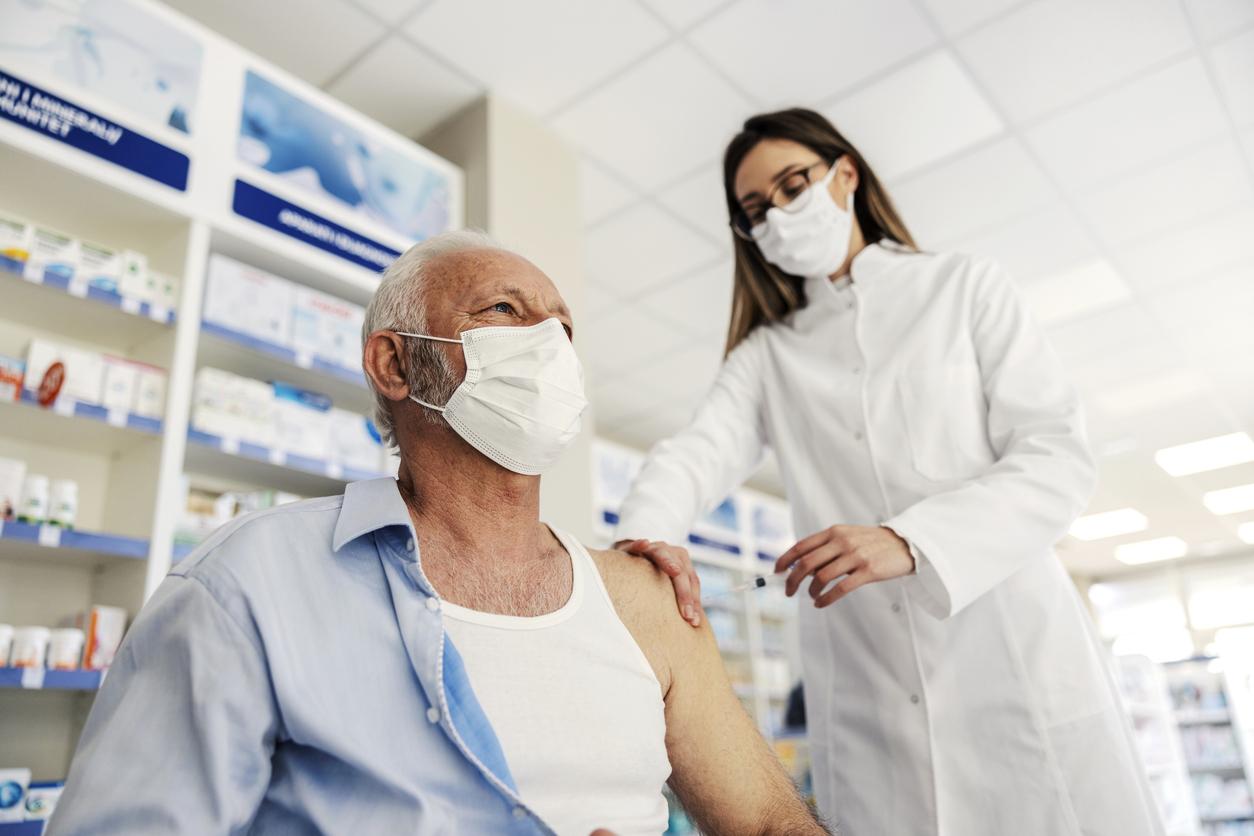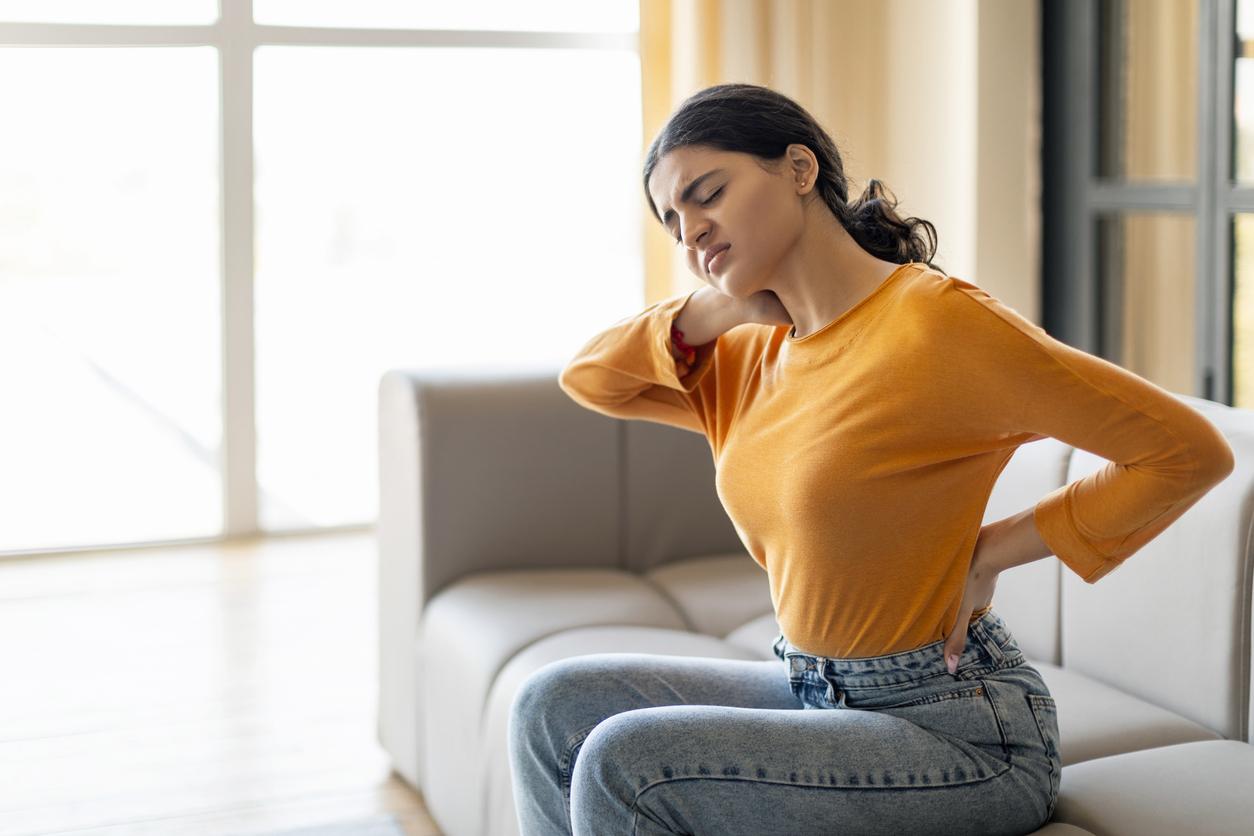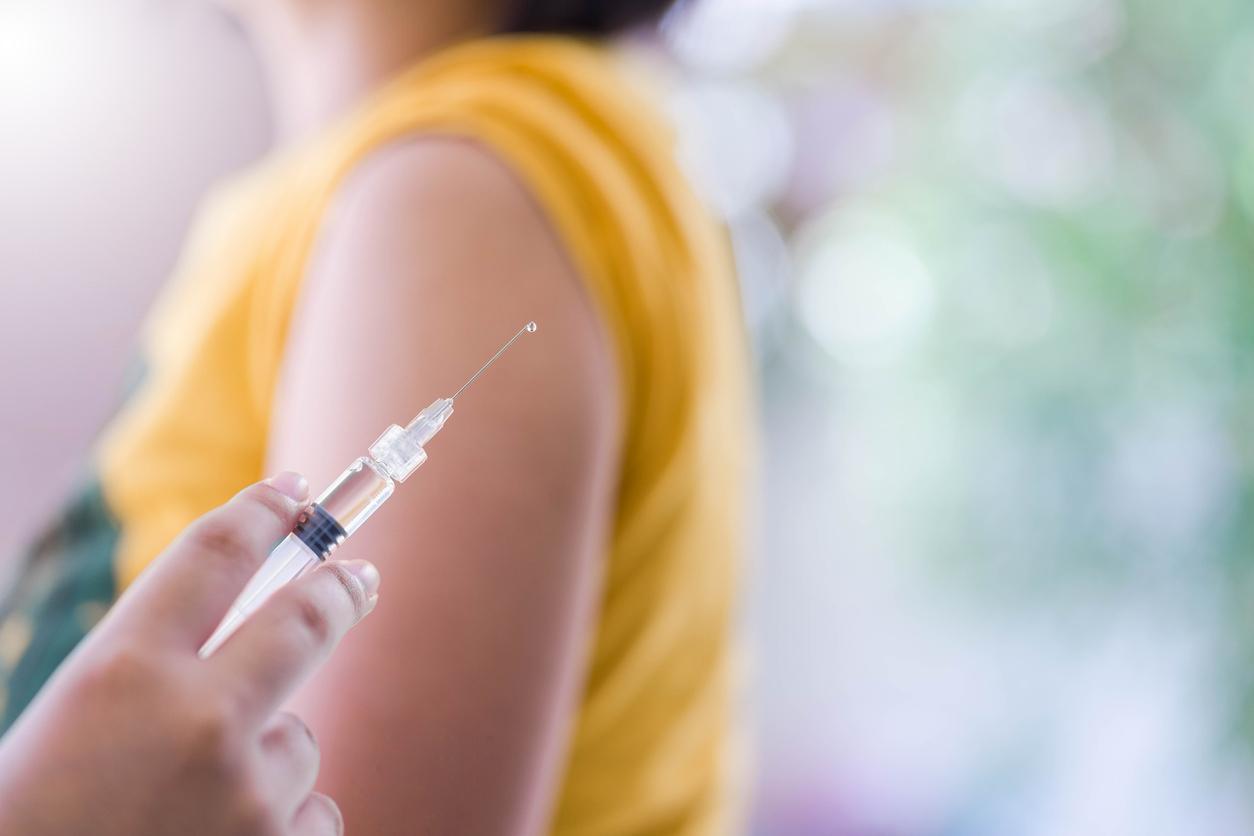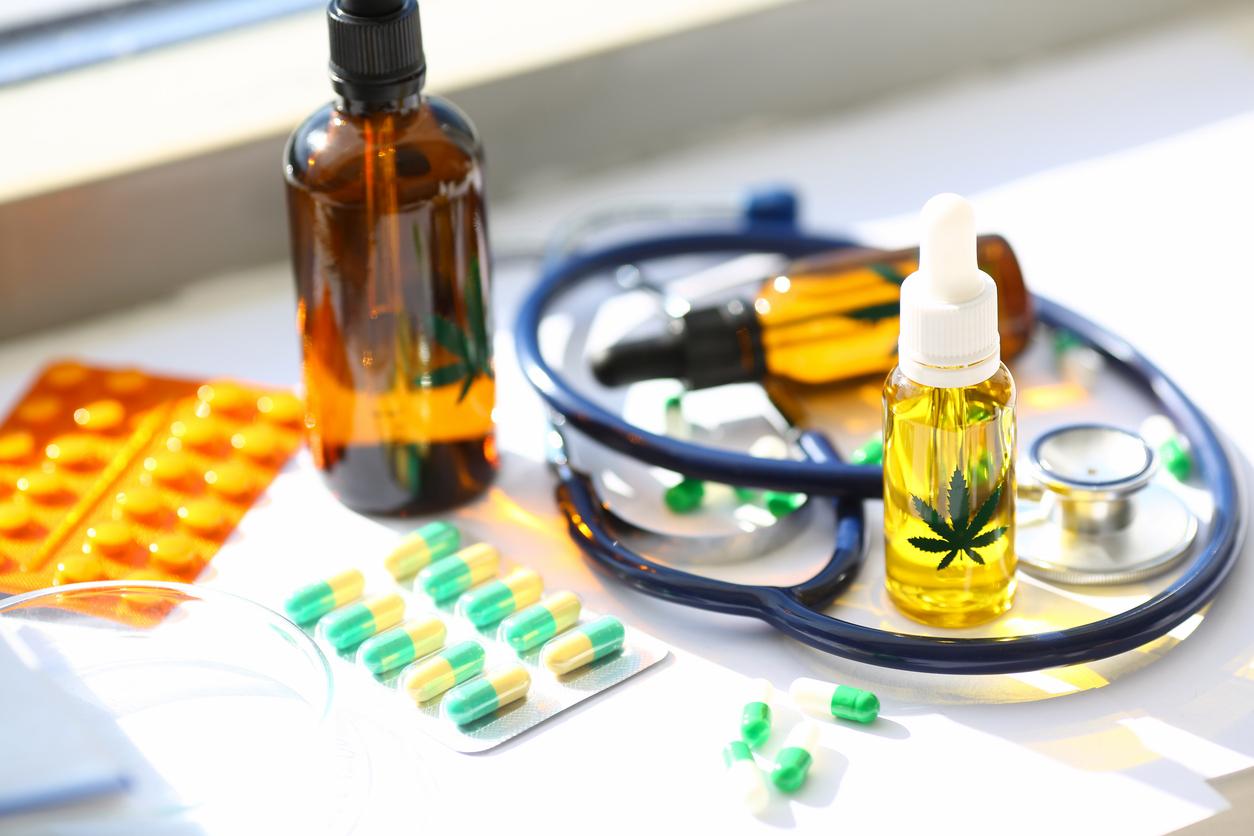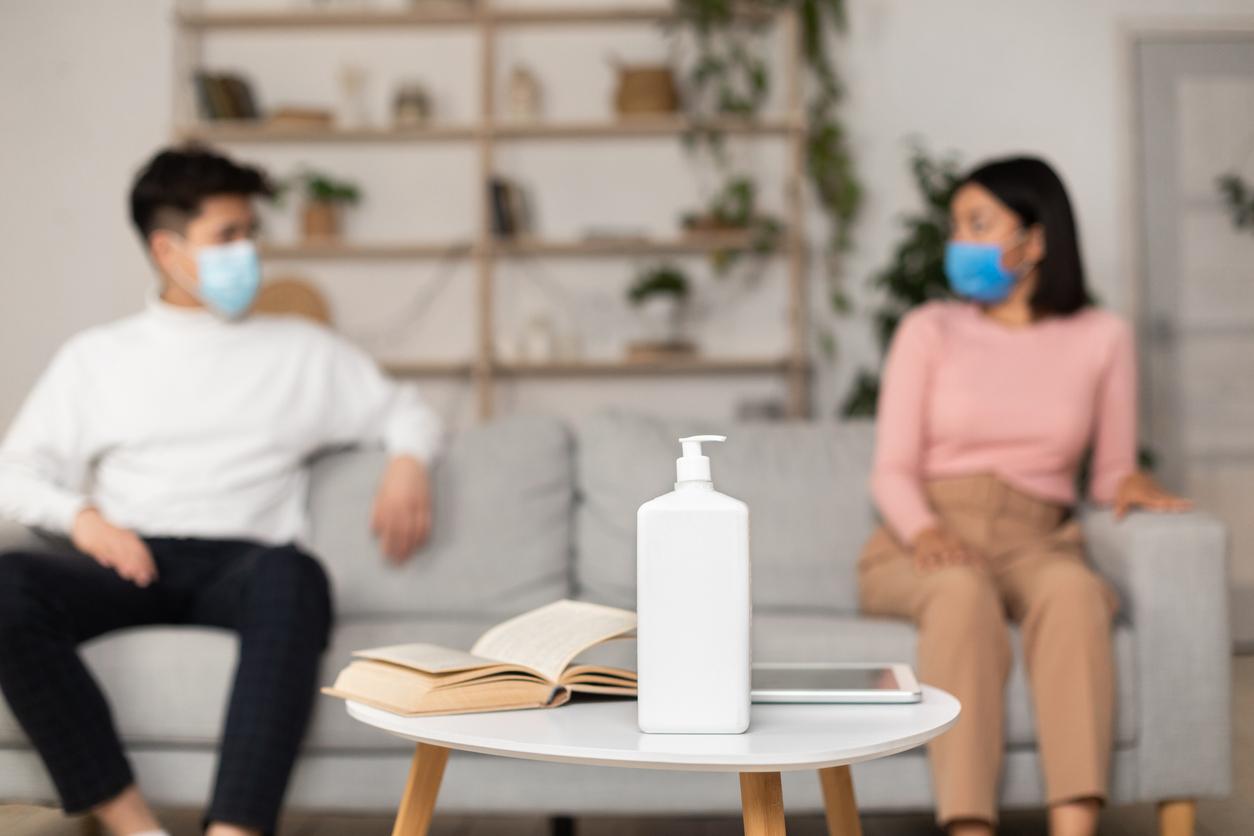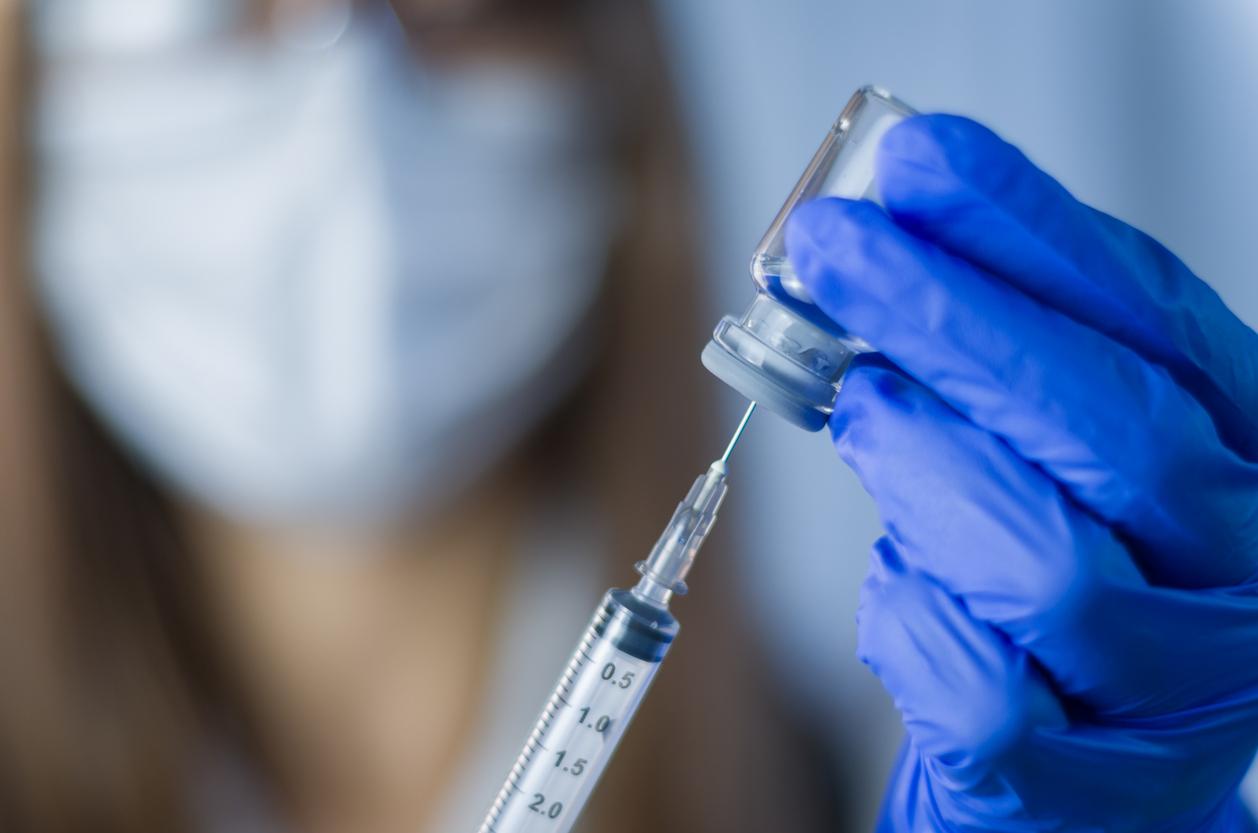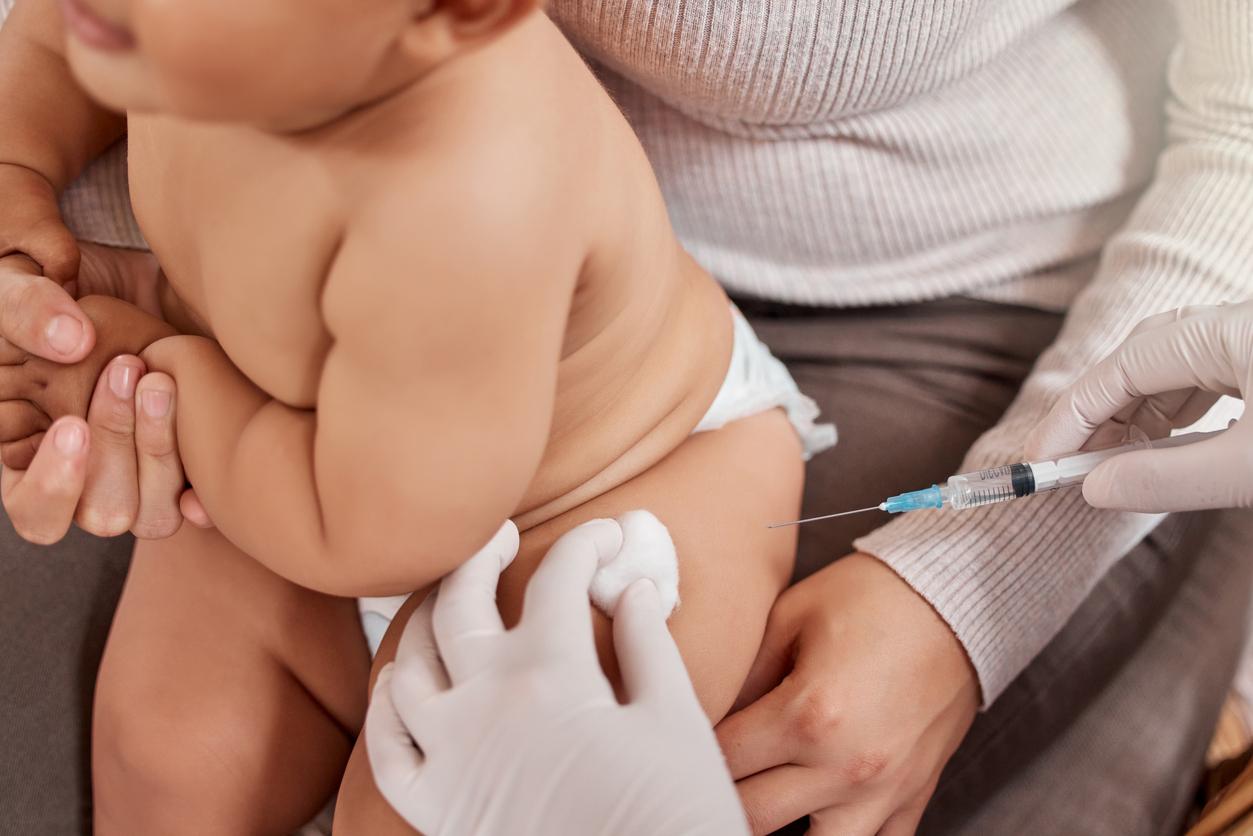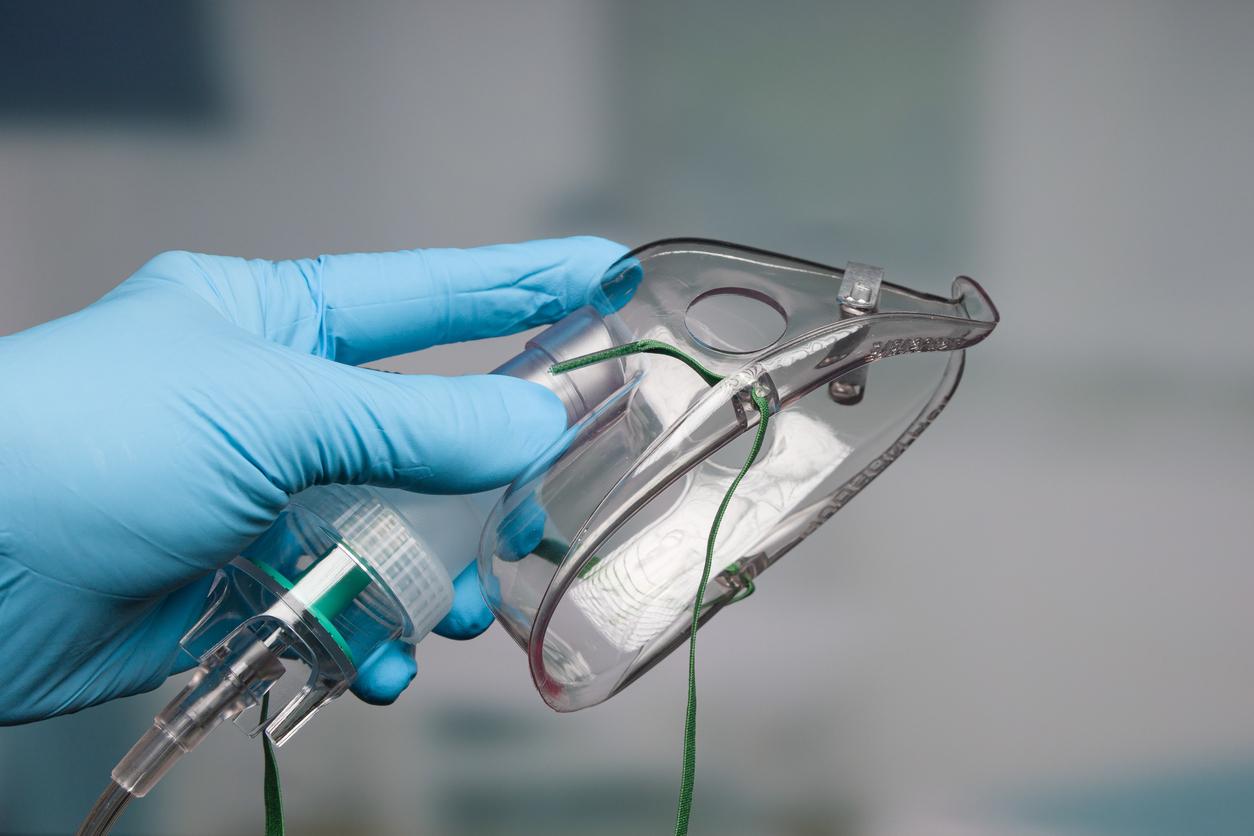Activation of the eye muscles by facial expressions can reduce the pain of a needle stick and alleviate the stress associated with the idea of the needle stick.
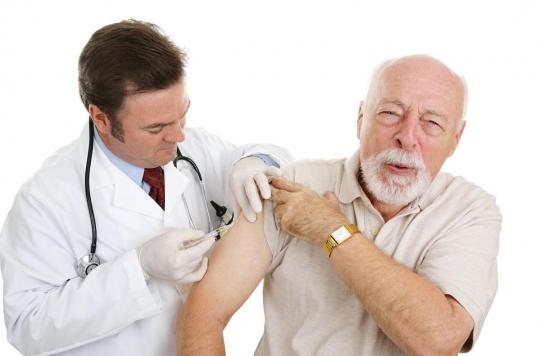
- Smiling led to lower heart rate, reducing needle stress.
- When faced with distress or pleasure, humans make remarkably similar facial expressions that involve activating eye muscles, lifting cheeks, and baring teeth.
While the vaccine against Covid-19 will soon be available and in the midst of the flu vaccination period, simple methods can reduce the pain of a needle stick. For that, nothing complicated: smiling sincerely or grimacing would reduce the pain by up to 40%. This discovery, presented on November 23 in the magazine Emotionwas made by American researchers from the University of California (UCI).
A genuine smile
By activating the eye muscles, facial expressions such as smiling and grimacing act on the feeling. “When faced with distress or pleasure, humans make remarkably similar facial expressions that involve activating eye muscles, lifting cheeks, and baring teeth.continues lead author Sarah Pressman, professor of psychological science at the UCI. We have found that these movements, as opposed to a neutral expression, are beneficial for reducing discomfort and stress.”
The study involved 231 people who self-reported levels of pain, emotion and distress in response to a 25-gauge needle, the kind used in the case of a flu shot. The participants were divided into several groups, some keeping a neutral facial expression, others making a face or a smile “authentic, the one that elevates the corners of the mouth and creates crow’s feet around the eyes”, specify the researchers.
Drop in heart rate
Analysis of the results revealed that the injection hurt almost half as much for the people in the group who grimaced or smiled. Additionally, smiling led to lower heart rate, reducing needle stress. “Our Study Demonstrates a Simple, Free, and Clinically Meaningful Method to Make Needle Injection Less Horrificwelcomed Sarah Pressman. Given the many situations of anxiety and pain found in medical practice, it is hoped that understanding how and when to smile and grimace will help foster effective pain reduction strategies that will result in better experiences for the patients.”
.







